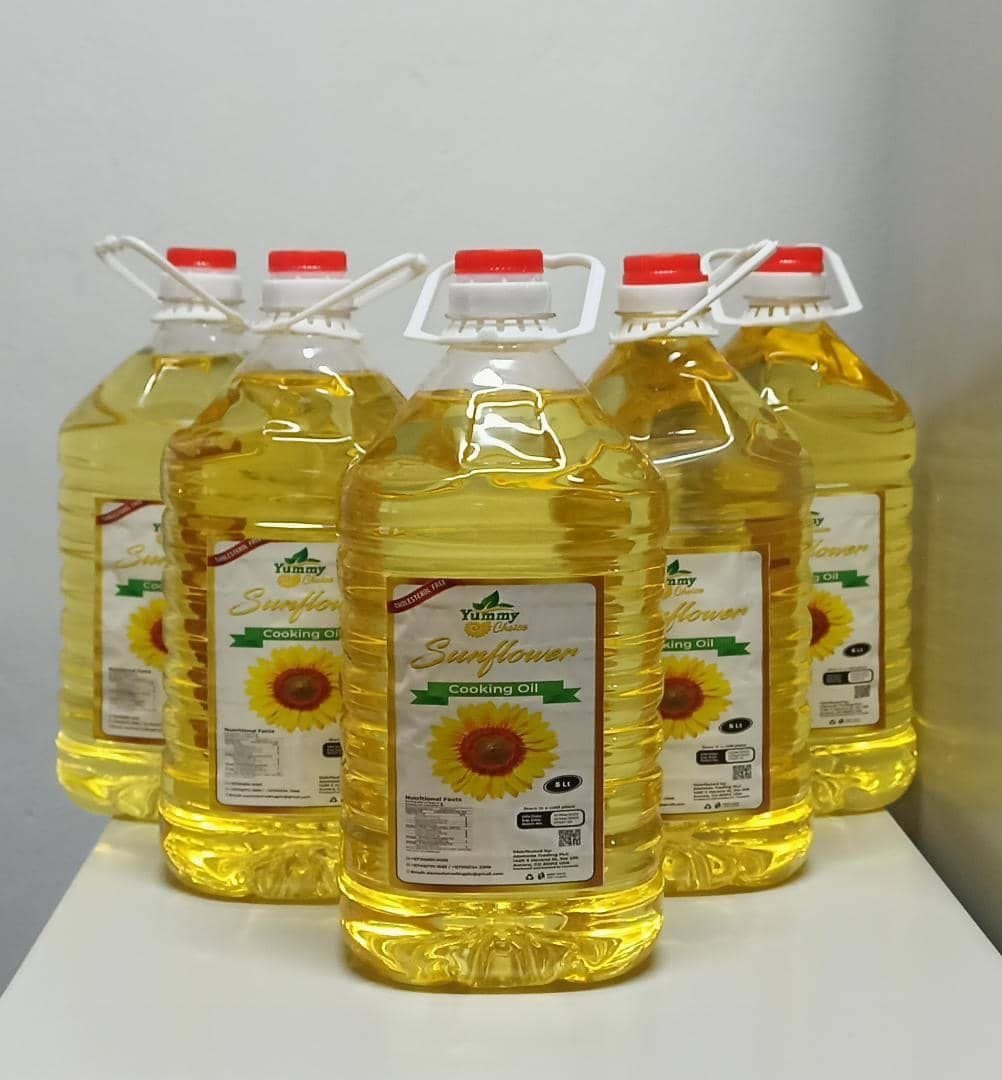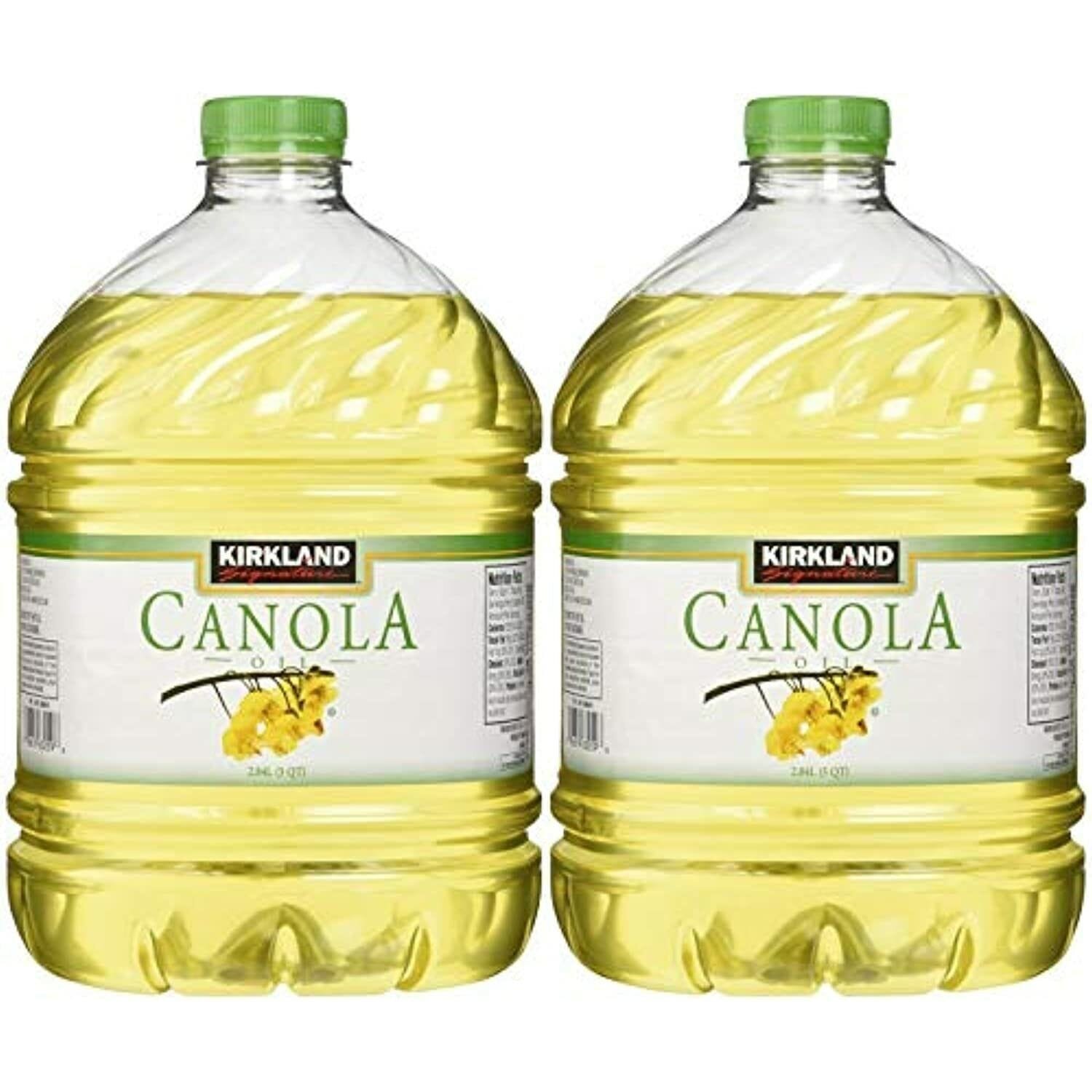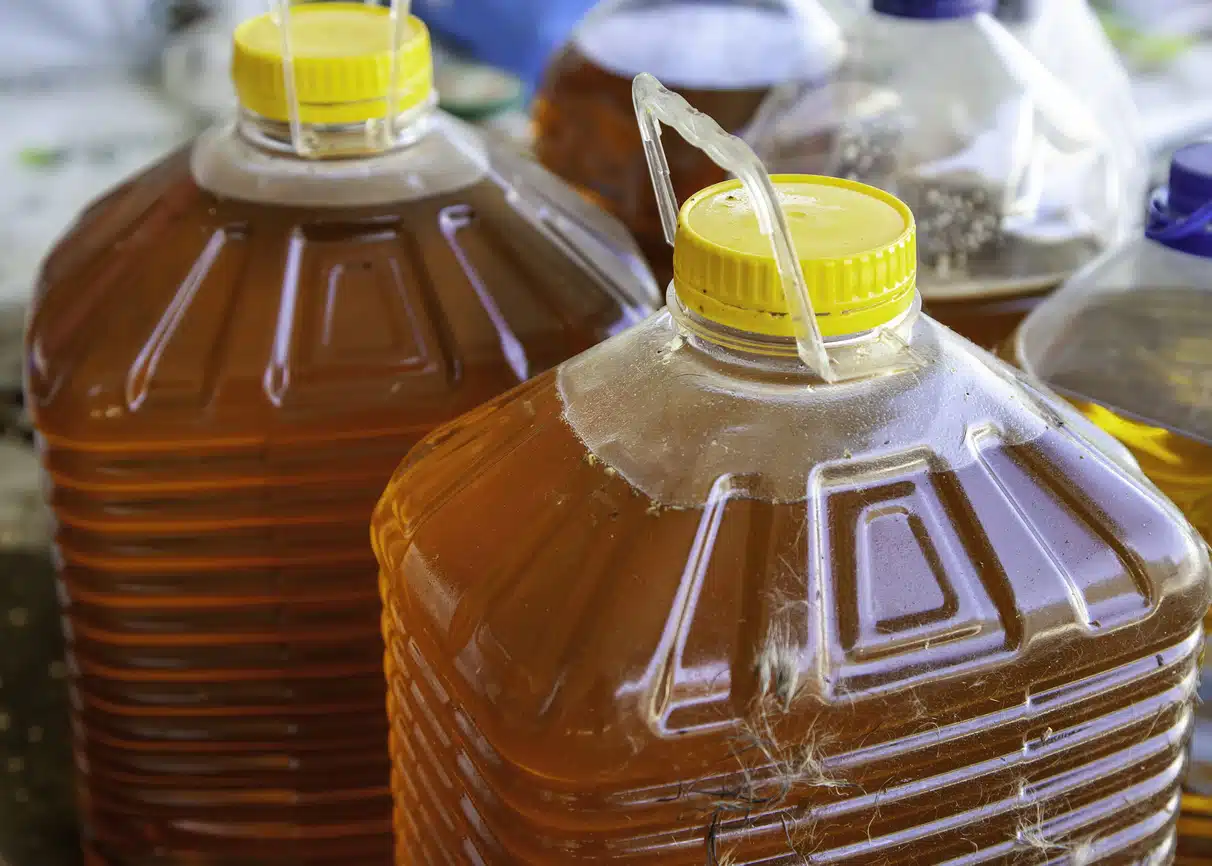Palm Fatty Acid Distillate (PFAD) Vegetable oil fat rbd palm kernel stearin for sale. In the same way Made from fully refined high quality vegetable fat, processed under controlled condition to give excellent taste of the food and health benefits.
Wholesale Supply Food Grade Palm Fatty Acid High Quality Indonesia Palm Oil Palm Fatty Acid Factory Manufacturer.

Palm Fatty Acid Distillate PFAD Specifications
What is palm oil ?
Firstly, Fatty acid refers to a long aliphatic hydrocarbon chain containing a carboxyl group at one end, which is an organic matter. In addition, The general formula of straight-chain saturated fatty acid is C(N)H(2N + 1)COOH. The low-level fatty acid is a colorless liquid with pungent odor, while the higher-level fatty acid is a WAXY solid with no obvious smell. Fatty acids, the simplest type of fat, are a component of many more complex fats.
Function of palm oil
In other words Fatty acids can be used in the production of styrene butadiene rubber emulsifier and other surfactants, lubricants, gloss agen. Also used in the production of advanced soap, transparent soap, stearic acid and a variety of surfactant intermediates.
Application of Palm Fatty Acid Distillate
For instance Fatty acids mainly used in the manufacture of daily cosmetics, detergents, industrial fatty acid salts, coatings, paints,rubber, soap, etc. refined palm oil is available for sale at Horus Oil
| Name: | Refined Palm Oil |
| Physical and Chemical Analysis Values: | (The values may vary within standards) |
| Free Fatty Acid, % m/m Oleic Acid: | 0,3 maximum. |
| Acid Number, mg KOH/g: | 0,6 maximum. |
| Peroxide Value, meq O2/kg: | 10,0 maximum. |
| Iodine Value, WIJS: | 103 – 135 |
| Moisture and Volatile Matter, %: | 0,2 maximum |
| Saponification Value, mg KOH/g: | 187 – 195 |
| Unsaponifiable Substances, g/kg: | 2,8 maximum. |
| Insoluble Substances in Ether, %: | 0,05 maximum. |
| Refractive Index, at 40oC: | 1,465 – 1,468 |
| Grade | F.F.A. (max) | M & I (max) | I.V. | SMP | Color |
| CP 10 | 0.1% max | 0.1% max | 56 max | 24 Deg C | 3R 30Y |
| CP 8 | 0.1% max | 0.1% max | 58 max | 22 Deg C | 3R 30Y |
| CP 6 | 0.1% max | 0.1% max | 60 max | 18 Deg C | 3R 30Y |

Our palm oil products are:
RBD Palm Oil
Application: Deep-frying oils for food industries, i.e. noodles, snack foods, etc. Also used in manufacturing of margarines, shortenings, ice cream, condensed milk, vanaspati, cookies, etc. rbd palm oil
RBD Palm Olein
Appplication: Mainly as cooking and frying medium. Also used in manufacturing of margarine and shortening. cooking palm oil
RBD Palm Stearin
Application: Used for production of specialty fats, i.e. margarines, confectionery fats, bakery, milk industry, etc. Also used in production of non-foods, i.e. soap, candle, etc.
FAQS
1. What is Palm Fatty Acid Distillate (PFAD)?
Palm Fatty Acid Distillate (PFAD), by-product obtained during the refining process of crude palm oil (CPO). It is primarily made up of fatty acids and other minor components that are separated from the palm oil during the distillation process.
2. What are the main uses of PFAD?
PFAD used in various industries including:
- Biodiesel production: As a feedstock for biodiesel production due to its high fatty acid content.
- Animal feed: As a supplement in animal feed formulations.
- Oleochemical industry: To produce surfactants, soaps, fatty acids, glycerin, and other products.
- Food industry: In certain regions, it may be used in food products, although it is often considered a non-food grade product.
3. Is Palm Fatty Acid Distillate safe for consumption?
Palm Fatty Acid Distillate typically not used in food products due to its low-quality composition, which may include impurities and free fatty acids. It is primarily used in industrial applications. However, in some cases, after further processing, it may be refined for specific food-grade uses, but this is less common.
4. How is Palm Fatty Acid Distillate produced?
PFAD produced during the refining of crude palm oil. The oil undergoes distillation to remove impurities, and PFAD is the leftover liquid that contains free fatty acids and other non-triacylglycerol components. The distillation process separates the valuable edible oil from the less desirable compounds.
5. What is the composition of PFAD?
PFAD mainly composed of free fatty acids, but also contains small amounts of triglycerides, sterols, and other minor constituents like tocopherols. The fatty acids typically found in PFAD are mainly palmitic acid, oleic acid, linoleic acid, and small amounts of other saturated and unsaturated fatty acids.
6. What are the environmental impacts of Palm Fatty Acid Distillate?
PFAD can have both positive and negative environmental impacts depending on its use:
- Positive impact: When used in biodiesel production, PFAD can help reduce carbon emissions compared to fossil fuels, as it is a renewable resource.
- Negative impact: The production of palm oil (and thus PFAD) has been associated with deforestation, habitat destruction, and other environmental issues, depending on the sourcing practices.
7. Can PFAD be used as a feedstock for biodiesel?
Yes, Palm Fatty Acid Distillate also commonly used as a feedstock for biodiesel production. Due to its high content of free fatty acids, PFAD is often processed into biodiesel through a process known as transesterification. It is considered a cost-effective alternative to other more expensive vegetable oils.
8. What is the difference between PFAD and Crude Palm Oil (CPO)?
Crude Palm Oil (CPO) is the initial extract from palm fruit, containing a mix of triglycerides, free fatty acids, and impurities. PFAD, on the other hand, a distillate produced during the refining of CPO. While CPO primarily used for edible purposes, PFAD is a lower-quality by-product primarily used in industrial applications, particularly in biodiesel and oleochemical production.
9. How is PFAD stored and handled?
PFAD should best stored in a cool, dry place in well-sealed containers to prevent oxidation and contamination. Hence, typically handled using the same safety protocols as other industrial fats and oils, including the use of appropriate PPE (personal protective equipment) during transportation and handling.
10. Do people consider PFAD a waste product?
While PFAD is a by-product of palm oil refining, it is far from being waste. It has several valuable industrial applications, particularly in the production of biodiesel, animal feed, and oleochemicals. As such, it is considered a useful by-product, not a waste product.
11. Can producers further process PFAD?
Yes, processors can further refine Palm Fatty Acid Distillate to remove impurities and isolate specific components. For example, they can convert PFAD into fatty acids and glycerol through hydrolysis and fractionation, then used in the production of soaps, detergents, and cosmetics.
12. What are the economic benefits of using PFAD?
Also PFAD provides an affordable alternative feedstock for industries like biodiesel, which helps reduce production costs. Its use in oleochemical production also reduces reliance on higher-cost oils and fats. Additionally, the commercial value of PFAD contributes to reducing waste from the palm oil industry.
13. Are there any concerns regarding the use of PFAD?
- Quality and purity: The quality of PFAD varies depending on the refining process, and it may contain impurities that need to be removed for certain applications.
- Environmental concerns: The palm oil industry often criticized for its environmental impacts, including deforestation, habitat destruction, and its contribution to climate change. Organizations have made efforts to source palm oil from sustainable plantations, but issues remain in some regions.
- Regulatory concerns: Since manufacturers do not primarily intend PFAD for food-grade uses, they regulate its quality and safety more strictly when using it in food or cosmetics.
14. Do producers use PFAD in the production of animal feed?
Yes, producers commonly use PFAD in animal feed, especially in the form of fatty acids or blended with other ingredients. It provides an energy source for livestock and poultry. However, the quality of PFAD used in animal feed varies, and its use is subject to regulation to ensure safety and nutritional value.
15. Can manufacturers use PFAD in personal care products?
Producers can process PFAD into oleochemicals that manufacturers use in personal care products such as soaps, shampoos, and moisturizers. Fatty acids derived from PFAD can serve as emulsifiers, surfactants, and moisturizers in cosmetics and toiletries.
Palm Fatty Acid Distillate equipment Used cooking oil for biodiesel and biodiesel plant machinery
Wholesale price Palm Acid Oil CAS 68154-58-5 food grade Palm oil. Producers can make biodiesel from vegetable oil and animal oil. However, they mostly use fatty acid, hydrophobic oil, urban waste oil, and refined waste as raw materials for production. Manufacturers can use biodiesel as a substitute for petroleum fuels. Palm Fatty Acid Distillate for sale in bulk.
In conclusion This set of biodiesel equipment contains the international advanced pre-processing section, esterification process and distillation process, and it meets the European Union Standards. Palm Fatty Acid Distillate wholesale suppliers online from Europe.






Comments are closed.